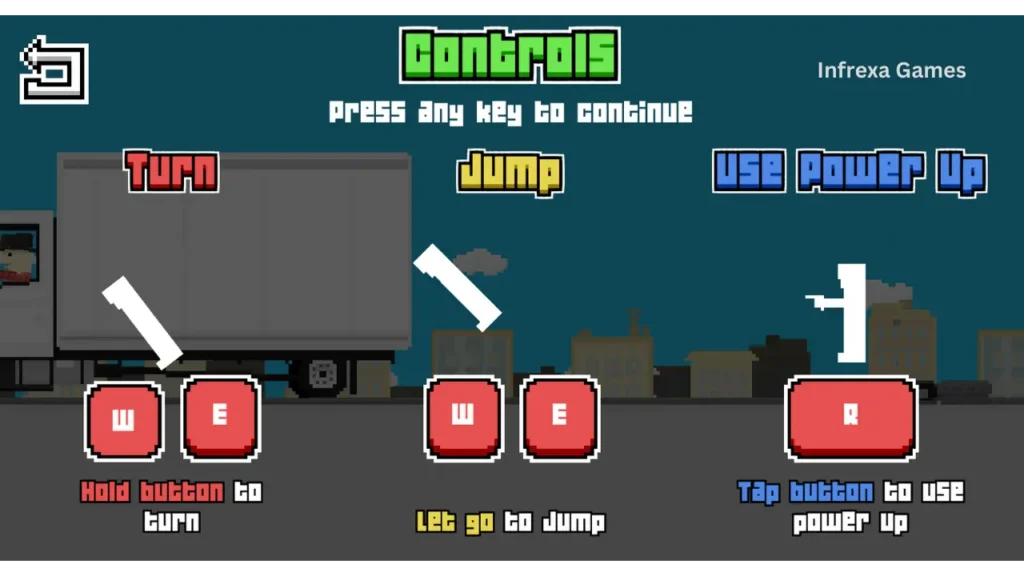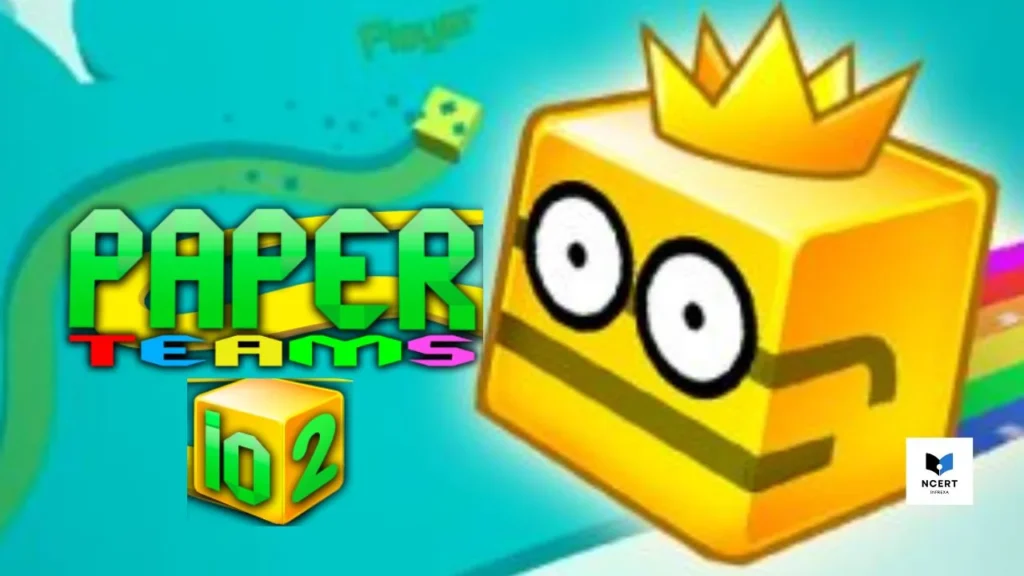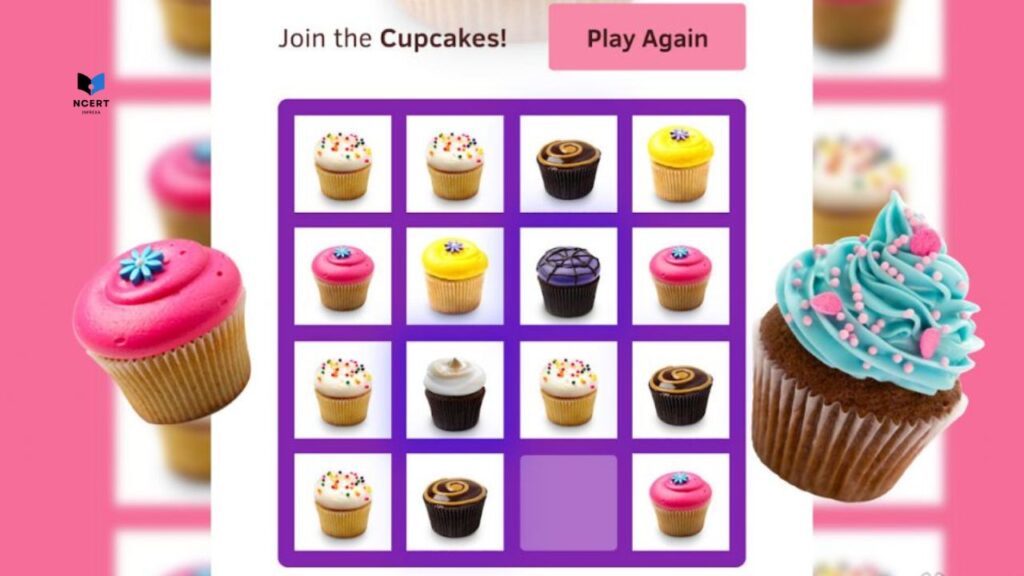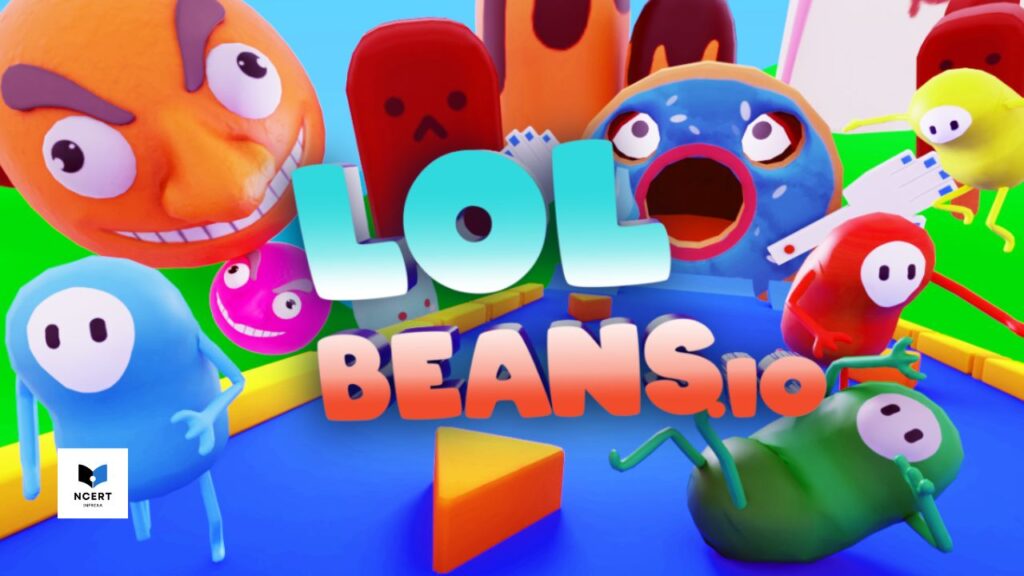Wordle isn’t just a puzzle – for many of us, it’s become a small ritual. Every morning, before coffee or while commuting, I open the game and test my wits against that one hidden five-letter word. I’ve been playing since late 2021, when it first started trending, and over time, I’ve learned that there’s much more to success than luck. This guide combines the basics with the kind of insights you only pick up after hundreds of games – wins, losses, streaks, and those frustrating near-misses.
How Wordle Works
Wordle is a simple game to learn, but it’s all about understanding the clues. In this game, you have six tries to guess the secret five-letter word of the day. Here’s a step-by-step breakdown of how to play, with visual feedback at each turn.
- The First Guess: Begin by entering any five-letter word and hitting “Enter.” The goal of your first guess isn’t to get the word right; it’s to gather as much information as possible. I started with a common, five-letter word:
RAPID.

(Image 1: A screenshot of the first guess, “RAPID,” entered into the first row with ‘R’ and ‘A’ in yellow.)
After my first guess, some tiles changed color. The R and A turned yellow, meaning they were in the word but in the wrong spot. The P, I, and D were gray, meaning they were not in the word at all. I knew my next guess had to contain an ‘R’ and an ‘A’, but not in those original positions.
- Color Clues: With the R and A confirmed as yellow (correct letters, wrong spots) and the P, I, and D confirmed as gray (not in the word), I needed a new word. I chose
RADIOas my second guess. Looking back, this was a mistake. My brain was so focused on finding a new word with ‘R’ and ‘A’ that I completely forgot I already eliminated ‘D’ and ‘I’ in the previous guess (due to gray color). A more strategic player would have chosen a word with new letters.
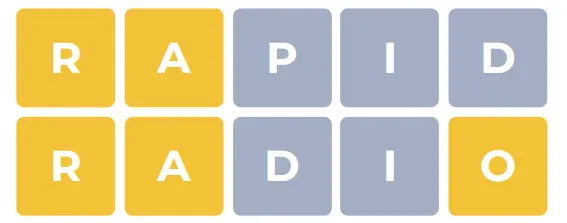
(Image 2: A screenshot showing the result of the second guess, “RADIO,” with ‘R’, ‘A’, and ‘O’ in yellow.)
However, even with this error, I got a great clue: the O turned yellow! This was a new letter I could use. The R and A were still yellow, which meant I still needed to move them.
- Refining with New Clues: With a solid lead: R A _ _ _ and a yellow ‘O’, my next goal was to figure out the final two letters. I chose ARROW. This was a great move. It confirmed the ‘R’ was in the correct place (green), but the ‘A’ was still yellow, meaning it was not in the first position. I also learned that a new letter, ‘W’, was not in the word.
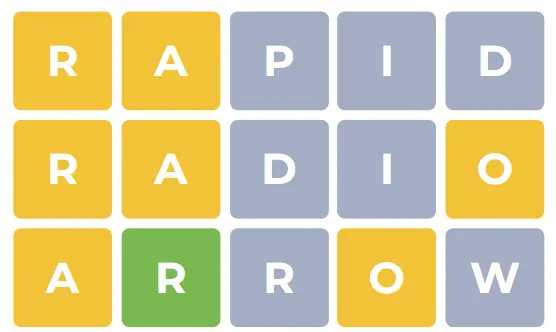
(Image 3: A screenshot showing the third guess, “ARROW,” with ‘R’ as green, ‘O’ as yellow, and ‘W’ as gray.)
- Closing In on the Answer: I was down to my final two attempts. I had the letters R, A, and O confirmed, with ‘R’ at the correct second spot (green). The ‘A’ and ‘O’ were still yellow, meaning they had to go in another position. My next guess was ORANG. While ‘A’, ‘N’, and ‘G’ turned yellow, the ‘O’ and ‘R’ finally turned green, giving me O R _ A N like clues. Now, my brain started to play tricks on me.
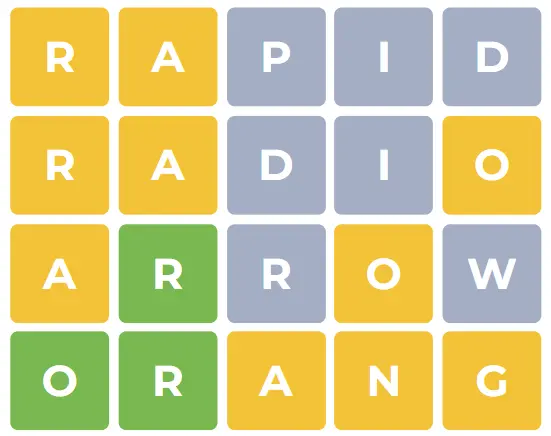
(Image 4: A screenshot showing the fourth guess, “ORANG,” with ‘O’ and ‘R’ as green, ‘A’ ‘N’ ‘G’ as yellow.)
- The final guess: My final guess was
ORGAN. This time, all the letters clicked into place! The A, G, and N all turned green, and the puzzle was solved. This final guess shows how even a difficult puzzle can be solved by patiently using all the clues you’ve gathered.
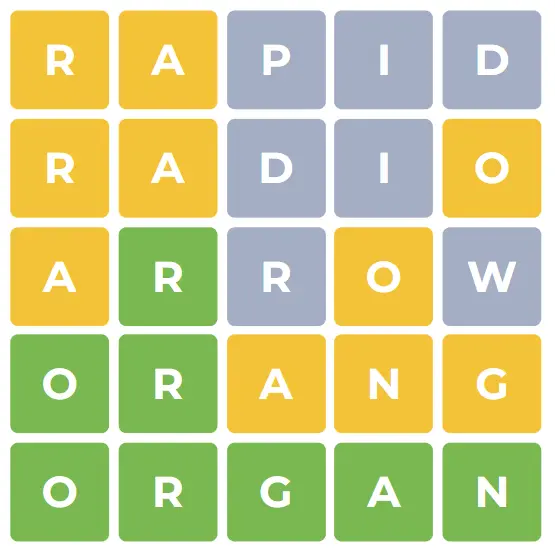
(Image 5: A screenshot showing the winning guess, “ORGAN,” with all tiles green.)
Tips That Changed My Game
Here are some of the key lessons I’ve learned from my own gameplay that helped me turn frustrating losses into winning streaks.
1. Choosing the First Word
Most players underestimate how important the opening guess is. But believe me, your opening guess is the most crucial part of the game. It should be designed to gather the most information possible. A common misconception is to use a word like “ADIEU” to find vowels. While vowels are important, a better strategy is to use a word with a mix of common vowels and consonants.
I experimented with dozens of starters – from the classic vowel-heavy ADIEU to consonant-rich options. Over time, I’ve found that balanced words like CRANE, STARE, or ROAST give me the most reliable head start. They cover high-frequency letters while giving both vowel and consonant info early.
While many players focus mainly on vowels (A, E, I, O, U), the most effective strategy statistically targets the high-frequency consonants in the Wordle dictionary – R, S, T, L, and N. That’s why words like CRANE, STARE, or ROAST perform consistently well: they mix one or two vowels with several of these high-value consonants. Your first guess should be designed to confirm or eliminate these letters early.
Personal note: I once tried using the same starter every day for a month. My streak improved because I got consistent feedback patterns I could work with – but occasionally, it boxed me in. So I now rotate between two or three strong starters depending on my mood.
2. Clearing the Field
Nothing is more frustrating than a first guess that returns all gray boxes. When this happens, do not try to solve the puzzle yet. You must sacrifice your second guess to maximize information.
If your first word (e.g., CRANE) returns all gray, your second guess should use an entirely new set of the highest-frequency letters you haven’t tried yet. For example, your second word could be LOUDS or LIGHT. This move eliminates another five unique, high-value letters in a single turn. Across the first two guesses, you often clear up to ten critical letters (L, O, U, D, S, or L, I, G, H, T).
This strategy of clearing letters may feel counterintuitive – like you’re wasting a guess – but it consistently gives enough data to solve the puzzle by your third or fourth attempt.
3. Don’t Waste a Guess on Gray Letters
This seems obvious, but it’s a common mistake. If a letter turns gray, never use it in a subsequent guess. It’s a definitive “no.” Build your next words from the remaining available letters.
I’ve learned to be extremely disciplined with this rule, especially in those late-game guesses. For example, if my first two guesses were “CRANE” and “CLOUT,” and the letters R, N, T, and O all turned gray, I’d know my next word absolutely cannot contain any of those letters. Instead of guessing something like “STONE,” which would be a wasted attempt, I’d scan my keyboard for a completely new set of letters. This forces me to think more creatively and prevents me from getting stuck in a rut. Think of the gray letters as locked keys on your keyboard – your next word must come from the remaining available letters. This saves guesses and keeps focus on useful letters.
4. Don’t Ignore the Yellows
Early on, I used to misplay yellow tiles, keeping them in the same wrong spot for multiple turns. Now, I treat every yellow as a puzzle piece that must move around.
A yellow tile means the letter is in the word but not in that position. If you guess “TRAIN” and the ‘T’ is yellow, your next guess should place the ‘T’ in a different spot. My personal method is to track the letters I’ve found on a piece of paper or in my head, creating a mental map of the puzzle. For example, if I have a yellow ‘T’ and a green ‘E’ in the fourth position, I’m looking for a word like _ _ _ E _, and I need to place the ‘T’ somewhere else, not in the first spot.
5. Watch Out for Double Letters
One of the most common reasons for a failed Wordle streak is forgetting that a letter can appear twice. Don’t fall into this trap. If your green ‘O’ is in the third spot, a word like “BLOOM” is still a possibility. If a letter is yellow and you have multiple open spots, consider whether it might be a double.
6. Sometimes, Y Acts Like a Vowel
It’s easy to forget that Y often fills in when no other vowels fit. Words like CRYPT or NYMPH have tripped me up before. Now, when I see no A, E, I, O, or U working, Y is my go-to guess.
7. Be extra careful in the Last Guess
Nothing stings like being on a five-game streak, staring at your sixth and final attempt. I’ve been there – once I had _ R A P E and guessed “GRAPE,” only to find out the answer was “TRAPE.” In those moments, I remind myself to scan systematically: eliminate grays, move yellows, and don’t rush. Panic is what breaks streaks.
Other Word Puzzles Worth Playing
If you’ve already finished your daily Wordle and are looking for a new challenge, there’s a whole world of similar puzzles. These games offer a fun way to keep your brain sharp while waiting for the next day’s Wordle.
- Quordle: If you think one Wordle is too easy, try playing four at once. The same rules apply, but your guesses are entered on four different boards simultaneously.
- Spanish Wordle: For those who are bilingual or want to practice a new language, this version uses the same concept but with Spanish words.
- Heardle: A musical twist on the Wordle format, Heardle challenges you to guess a song from a short clip. You get more of the song with each wrong guess.
Common Questions Players Ask
Where do I play the official Wordle?
The only official version is hosted by The New York Times at nytimes.com/games/wordle. It’s free to play and updated daily.
What about “Wordle Unlimited”?
Those are fan-made clones that let you play endlessly. They can be fun for practice, but they’re not the original game created by Josh Wardle.
Can I play past puzzles?
Not on the official site – it only serves today’s puzzle. But fans have built archives where you can replay old ones.
Is Wordle good for kids?
Yes. It’s family-friendly, free without needing a subscription (on the official site), and a great way to build vocabulary and logical thinking.
What if I get the error “Word not found”?
That means your guess isn’t in the game’s dictionary. Try another valid word.
Final Takeaway
Wordle is easy to learn, but mastery comes with patience and strategy. My advice if you’re starting out: pick a good first word, learn to use yellows smartly, and don’t forget about doubles or Y. Over time, you’ll develop your own rhythm – and maybe even a streak you’ll be proud of.



